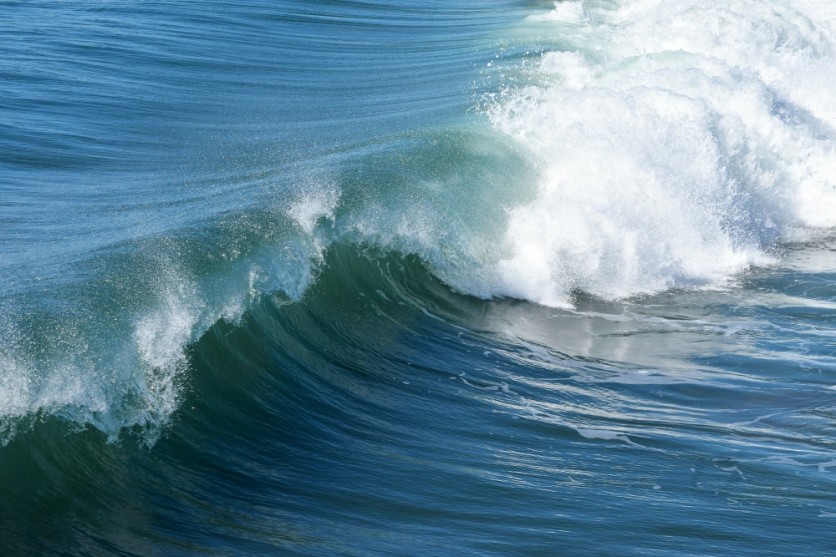
A team of Australian researchers, including scientists from the Australian Nuclear Science and Technology Organisation (ANSTO), has revealed a game-changing method for efficiently extracting uranium from seawater, a report shared by TechXplore tells us.
This advancement has the potential to meet the increasing global demand for uranium and offers a cost-effective solution to tackle radioactive wastewater near nuclear power plants.
Unlocking Uranium from Seawater
Uranium, a prized mineral vital for nuclear power generation, holds immense promise as a fuel source. Yet, its scarcity in terrestrial sources has spurred scientists to explore unconventional reservoirs.
"There's a lot of uranium in the oceans, more than a thousand times more than what is found in the ground, but it's really diluted, so it's very difficult to extract," explains lead scientist Dr. Jessica Veliscek Carolan.
Layered Double Hydroxides
The heart of this research lies in a versatile material known as Layered Double Hydroxides (LDH). These LDHs, due to their ease of production and modifiability, were identified as promising candidates for uranium extraction.
Researchers significantly boosted their efficiency in capturing uranium from seawater by imbuing LDHs with specific lanthanide elements, including neodymium. In fact, LDHs with neodymium outperformed existing materials used for uranium extraction.
Decoding the Mechanism
To understand how LDH materials achieved this feat, the research team employed sophisticated techniques such as X-ray absorption spectroscopy.
This revealed that the capture of uranium by LDHs occurs through the formation of a chemical bond on the material's surface.
Moreover, negatively charged ions within the material swap positions with uranium ions, facilitating the capture process.
Read Also : Japan's Fukushima Nuclear Plant Begins 2nd Release of Treated Radioactive Wastewater Into the Ocean
A Cleaner Future for Nuclear Power Plants
One of the most intriguing applications of this discovery is its potential to clean up radioactive wastewater near nuclear power plants.
With the ability to selectively bind uranium ions in seawater, LDH materials with lanthanide additives offer a highly effective solution for cost-effectively mitigating radioactive contamination.
"This study demonstrates a way to adjust how well a material can capture uranium, which could lead to creating new materials that are even better at separating uranium from other substances," explains Dr. Veliscek Carolan.
These materials' simple and inexpensive nature further positions them as a practical choice for large-scale uranium extraction.
A Promising Future
The implications of this research extend far beyond the laboratory. With uranium's role in nuclear power generation, this method could help address the growing demand for clean and reliable energy.
Moreover, the environmental benefits of using LDH materials to remediate radioactive wastewater highlight the positive impact on the nuclear industry's sustainability.
The study underscores the significance of interdisciplinary research in addressing complex challenges and offers a glimmer of hope for harnessing uranium's potential more sustainably and efficiently.
As researchers continue to refine this method, it may not be long before uranium extraction from seawater becomes common, ushering in a new era for nuclear power.
Stay posted here at Tech Times.

ⓒ 2025 TECHTIMES.com All rights reserved. Do not reproduce without permission.




